Commodore: a brand a legend
Commodore History
Talking about home and personal computers one of the first names that come up is Commodore: a company that produced, between the 80's and 90's, some of the most successful models. Though he has been most famous in this period, the Commodore has far-flung origins over time. It was born in the 1950s as a small handicraft company of typewriters, which for the most part was fortuitous in the second half of the 1970s to the computer world.
Commodore's story is interwoven with that of his father-in-law, Jack Tramiel, a Jewish Polish who survived the Nazi extermination camps, a teenage emigrant in the United States after World War II. After a brief work experience in the US Army as an electrician and handyman, Tramiel decides to open a small office lab in New York City in the Bronx. In a company with a friend he created in 1954 Commodore Portable Typewriters, whose name (explained by Tramiel himself in an interview) arises from his passion for the military as well as from existing brands as Admiral and General.
Jack Tramiel
In 1955, Tramiel established a new company in Toronto, Canada, to develop its business with Europe (particularly with Italy from which it imports Olivetti products). This is how Commodore Business Machines International (CBM) is born, a company that in 1962 participates in the Stock Exchange and expands on new market segments. In the 70's, following the example of other office machines manufacturers, Commodore began producing Bowmar and Texas Instruments technology and components. With the expansion of the electronic calculator market, Tramiel understands the strategic importance of microelectronics and therefore decides to make the company stand-alone in the production of semiconductors. The "master shot" is the acquisition, in 1976, of MOS Technologies, a factory that create chips technologically advanced but in bad financial conditions, due to (according to some observers) an excessive diversification of activity and excessive investments..
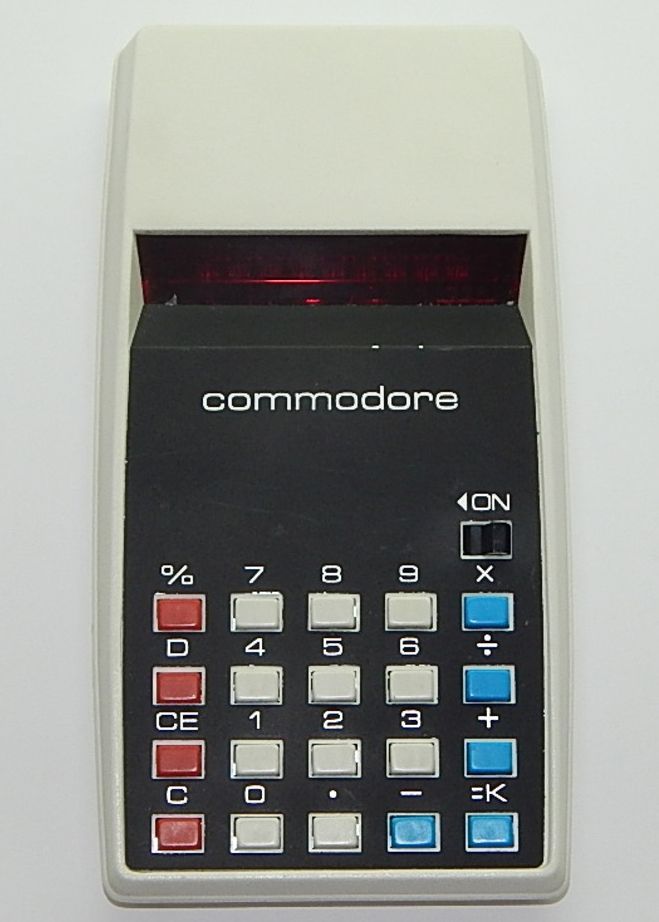
source
the SR7919, a Commodore calculator
Tramiel desired to cut off all the unproductive sections of the company, but Chuck Peddle, already in MOS, succeed to convince him that the 6502 CPU (created just one year before) could give great satisfaction to the Future, becoming the base for the production of personal computers. But the challenge was not so much to make understand to the Commodore CEO's the CPU value, as to explain to him that in 1976 what is was a "personal computer": an abstract idea, an intuition caught just from very few people in the world.
The Peddle's PET 2001
the PET 2001
According to the legend has it that the pragmatic Tramiel has given a Peddle a sort of ultimatum: reach the goal to project a computer for the professional market or close everything within six months. The deadline was respected: in 1977 the first personal Commodore computer was born: the PET 2001.
The name PET stands for Personal Electronic Transactor, while 2001 is a clear reference to the famous Kubrik 1968 movie and the fantastic capabilities of the HAL computer.
All the choices made in order to make the non-professionals consider the new system as a "personal assistant" unlike the previous MOS solutions such as the popular KIM1 card.
In addition to the CPU 6502, which runs at 1 MHz, the machine has 4KB of RAM, Microsoft Basic programming language, built-in monitor and recorder. Initially sold for $ 600, PET is highly successful and generates a demand for systems that exceed production capacity many times. Commodore, who has no competition problem at the moment, requires buyers to deliver more than three months. The basic PET architecture is subsequently updated with more memory available, a more powerful keyboard, and a magnetic recording disc.
The VIC-20
In January 1981, to respond to the increasing consumer computer interest, Commodore created a "computer for masses" beyond the VIC-20 (the year before the computer was marketed experimentally in Japan under the name of VIC -1001 ).
Here again, the name of the new microcomputer is a combination of two different terms: VIC stands for Video Interface Chip ("the name of the circuit that monitors color"), while "20" is a fancy number without Relationships with Functional Parameters.
The project was directed by Michael Tomczyk, while Bob Yannes was responsible for the architecture and the innovative music chip (SID) of the C64 afterwards.
According to some sources, Commodore created the VIC-20 to exploit unsuccessfully developed components and technologies for the game console market.
After the success of the VIC-20 (a million units sold in a year), Commodore planned two new systems: the younger brother VIC-10 (also known as UltiMax) and the older VIC-30 brother.
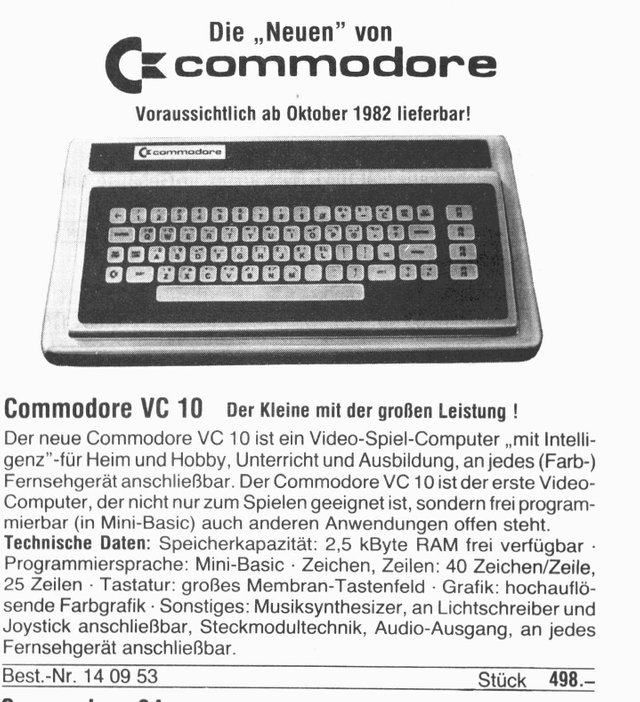
source
Advertising of VIC-10
Meanwhile, however, the Commodore 64 boots overwhelmingly in the market, blur the VIC-10 and incorporating the "UltiMax mode" mode to use its cartridges. The VIC-30 was not placed on the market, however.
The Commodore 64
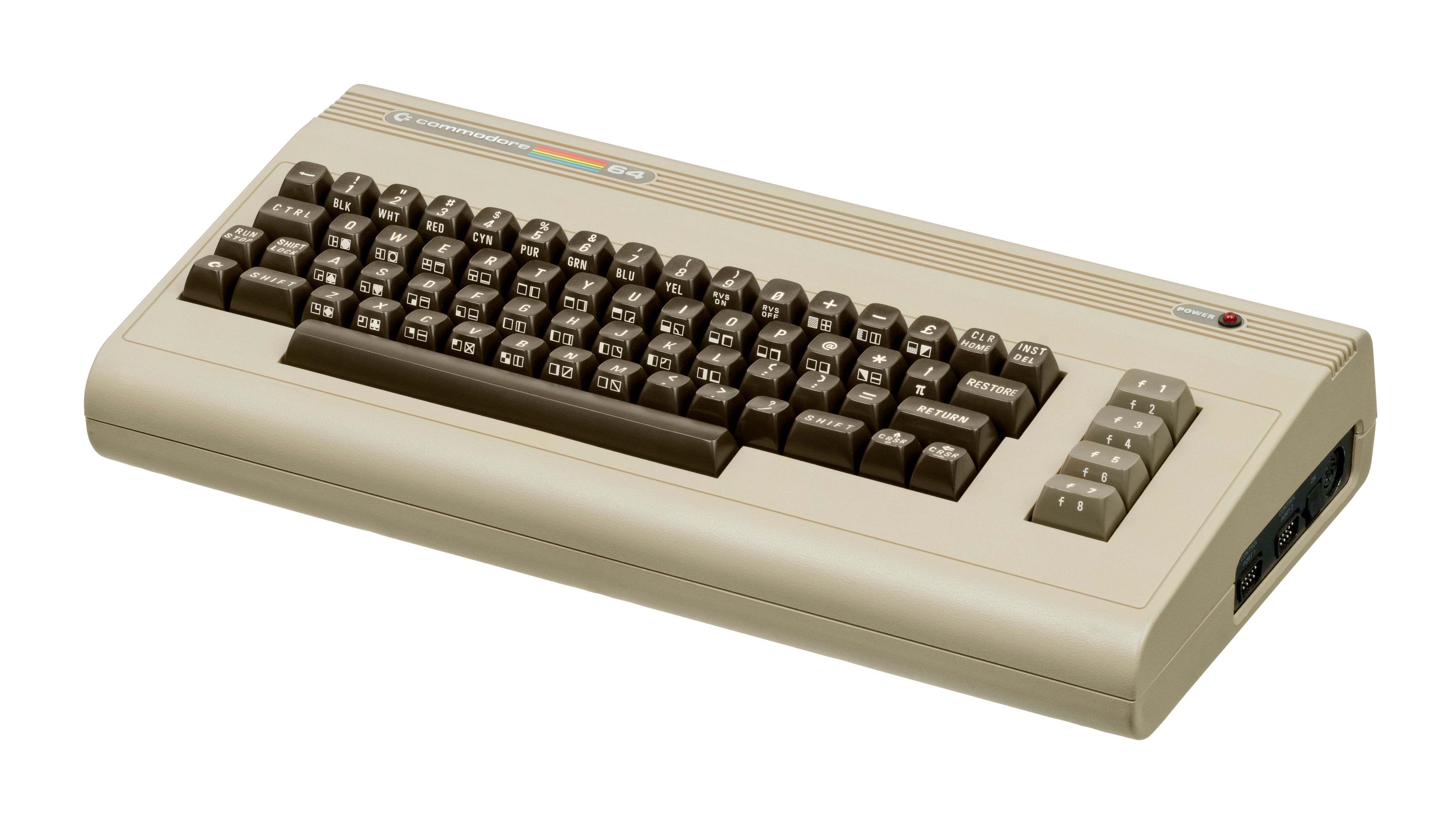
Source
Commodore 64
The new C64 becomes the new prince of the house commodore. Based on the MOS 6510, the new computer comes with a total of 64KB of RAM and two different chips for graphics and audio, both of which have very advanced capabilities.
source
The C64 is the uncompromising personal computer, even if with a selling price of $ 595 wasn't within just anyone's reach it was one of the all time best seller computer. However, the remarkable level of capability means that the system can be produced for a long time without any upgrades, and therefore, unlike competitors, without causing software discontinuity. Expecting exponential sales growth, downtrend technology, and a long production run, the new computer is a great success for Commodore. It is estimated that the company has produced between 17 and 22 million C64 and that tens of thousands of programs have been written for the platform. Commodore embodies in 1983 a transportable version of the C64: SX-64, featuring CRT color monitors and embedded 5.25 "floppy disk drive.
Thanks to the success of its Commodore products, it exceeds the billion dollar turnover threshold. In the new context of a large technological company, the charismatic figure of founder Tramiel begins to appear to the dangerous and bulky shareholders. In 1984, with the first serious crunch in the personal computer market, Tramiel was replaced by Irving Gould. Despite the importance of this change, it was a continuity-oriented choice: since the 1960s Gould had been the financier of the company and its savior in the most difficult times. Having left Commodore and raised the huge surplus value of its thirty-year shareholding, Tramiel comes into play by joining Atari's giant videogame capital and guiding it as a president to relaunch computers.
In the spring of 1984, Commodore launched two new professional models at Cebit (Hanover's IT fair in Germany): the Commodore Z8000 and the Commodore PC. In June, at the Consumer Electronics Show in Chicago, it is the time for Commodore 16 and Plus / 4 home computers. At $ 100, Commodore 16 was designed to replace the old VIC-20 that has ceased production. The Plus/4, which cost $ 300 and has 64KB of memory, instead tries to upgrade the C64. It is a more ergonomic design personality, with separate cursor keys for positioning functions (those that will later claim the use of the mouse); It also has a set of productivity applications in ROM, quickly recalled by pressing a key. New computers have a very cold reception on the market. For anything innovative compared to competing models, Commodore appears light years away from Sinclair and Apple who in the 84s respectively presented QL and Macintosh. Even worse, the new Commodore computers are incompatible with programs built for the VIC-20 and C64. The rejection of the market is such as to force Commodore to resume production of the C64.
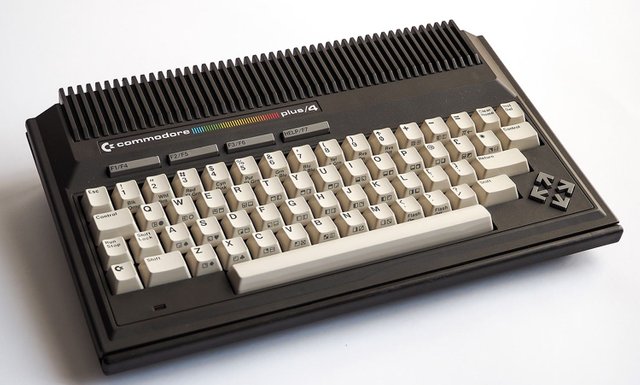
source
Commodore PLUS / 4
As software gains more value, users face negative experiences on the smaller architectures, that are often abandoned to her fate by builders. The focus of the market thus focuses on a completely new aspect: "the compatibility". The compatibility becomes a key element in the choice of computer platforms: the reason exploited by the marketing of Philips and a group of Japanese manufacturers joined under the MSX standard. In the professional field, Apple II and IBM PCs, de facto standard, and ever-richer of software replaced the many anonymous systems based on the Zilog Z-80 processor and the CP/M operating system of the early 80's.
PLEASE

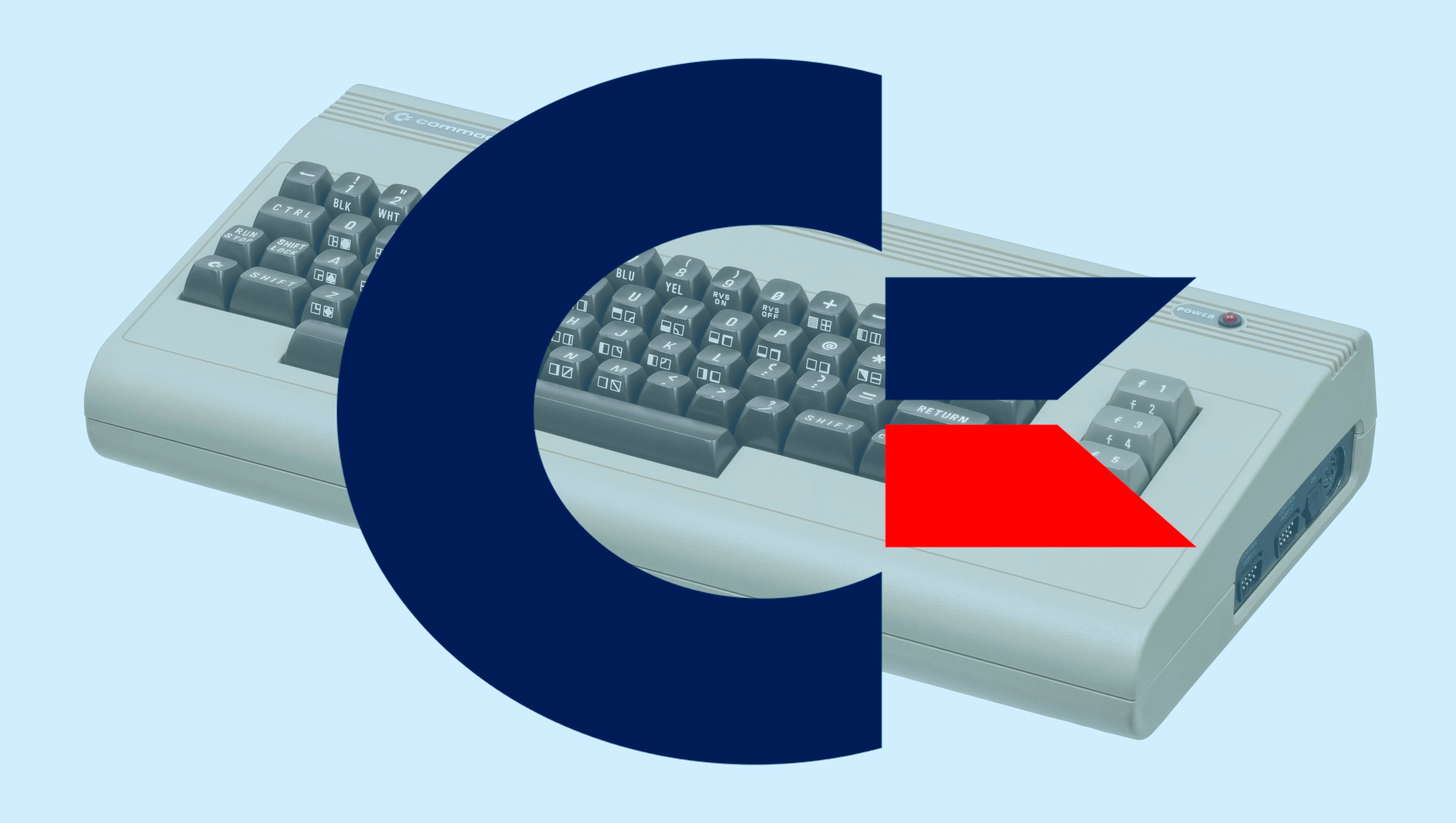

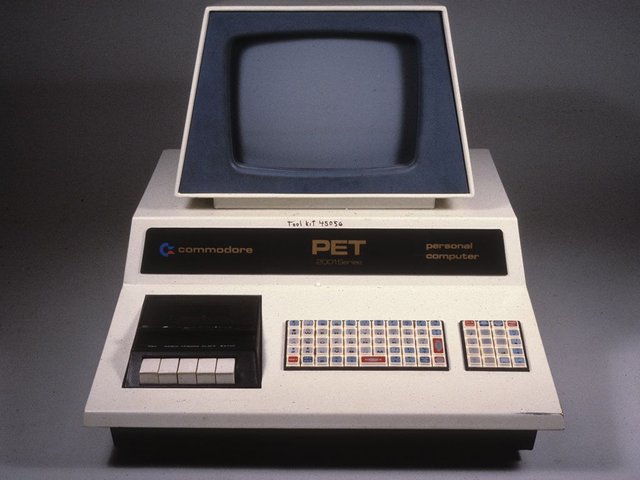
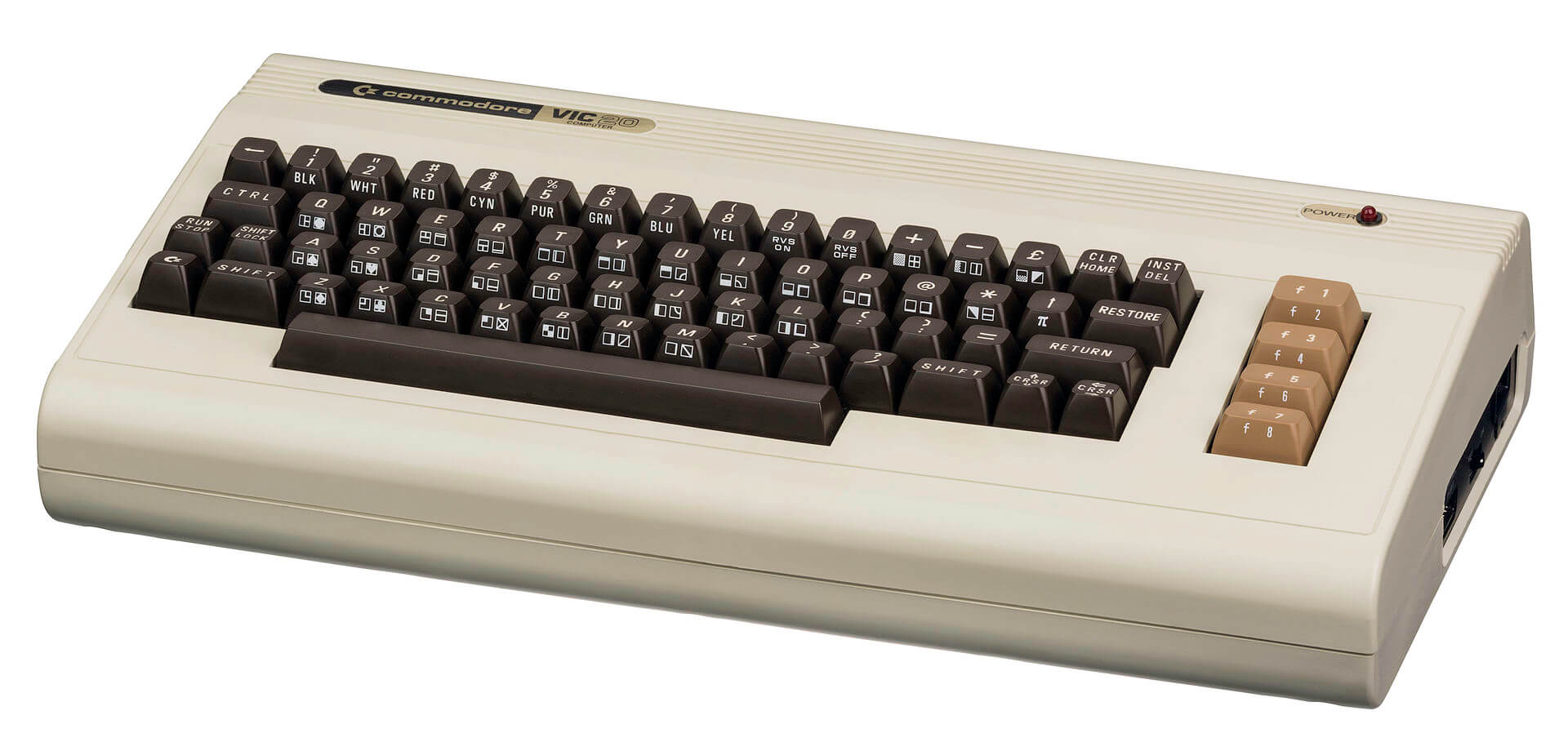
Think this post deserves a photo of the old Amiga 500 too. I had one of these when I was a kid, was my pride and joy! :-)
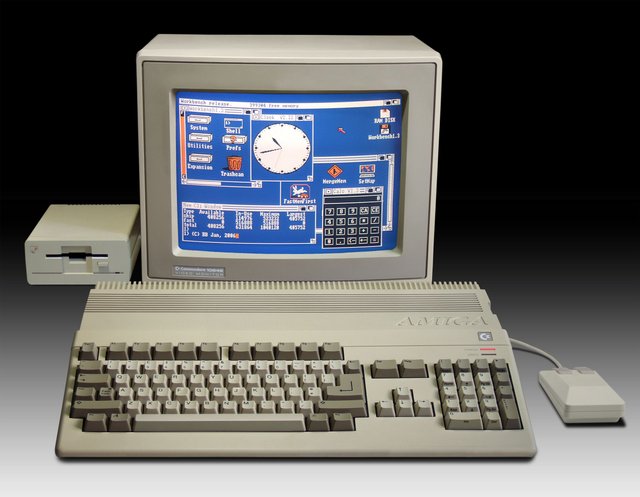
Anyone else remember the old workbench OS and the command tool Shell? this photo must take you all back to your childhood! ;-)
absolutely @everycoinhelps! Thanks for your upload! Amiga has been a great leap forward for the computer industry. And do you remember the "Music Appetizer"?
Shoutout to everybody who started on the commodore 64 and moved up to the Amiga 500 😎
ahahah @Cem I remember clearly those times! Almost all my friends switched to Amiga, me and few others have been faithful to the C= 64
Great times haha
or Amigo haha or Amiga as in female people in Spanish
good
thanks
can you see my articles ?
great...old is gold
yes... there is people that are still programming for C=64
My brother had a Commodore in 1995 and we played a jump man Mario like cave game. It is amazing how things advance.
yes there were tons of games for Commodore and they were very cheap
😘 i love it 😍
it's a myth of the 80's
Now this is how you write about history of gaming! Great writing, well placed pictures and an interesting story to tell!
Great post! Would you mind if I included it in today "best of gaming"?
I would be honored @gaming-trail
This is a great article about Commodore computers, I never knew all this history. My first machine was the Vic-20, and I became competent in BASIC on the Commodore 64. I briefly used the C-128 before migrating to the x80286 IBM clone in the early 90's.
It's been an interesting ride watching PC's grow up, and I'm very happy I'm no longer on a 300 baud cradle modem dialing into "The General" or "Chameleon" to access the Internet.
I'm glad you liked it @timeshiftarts